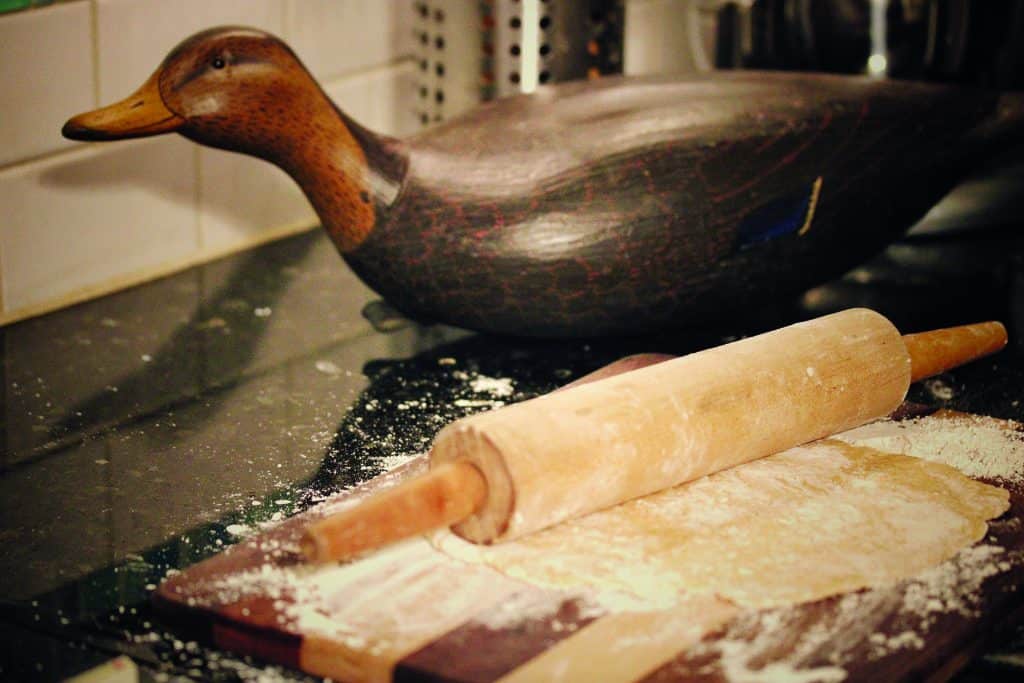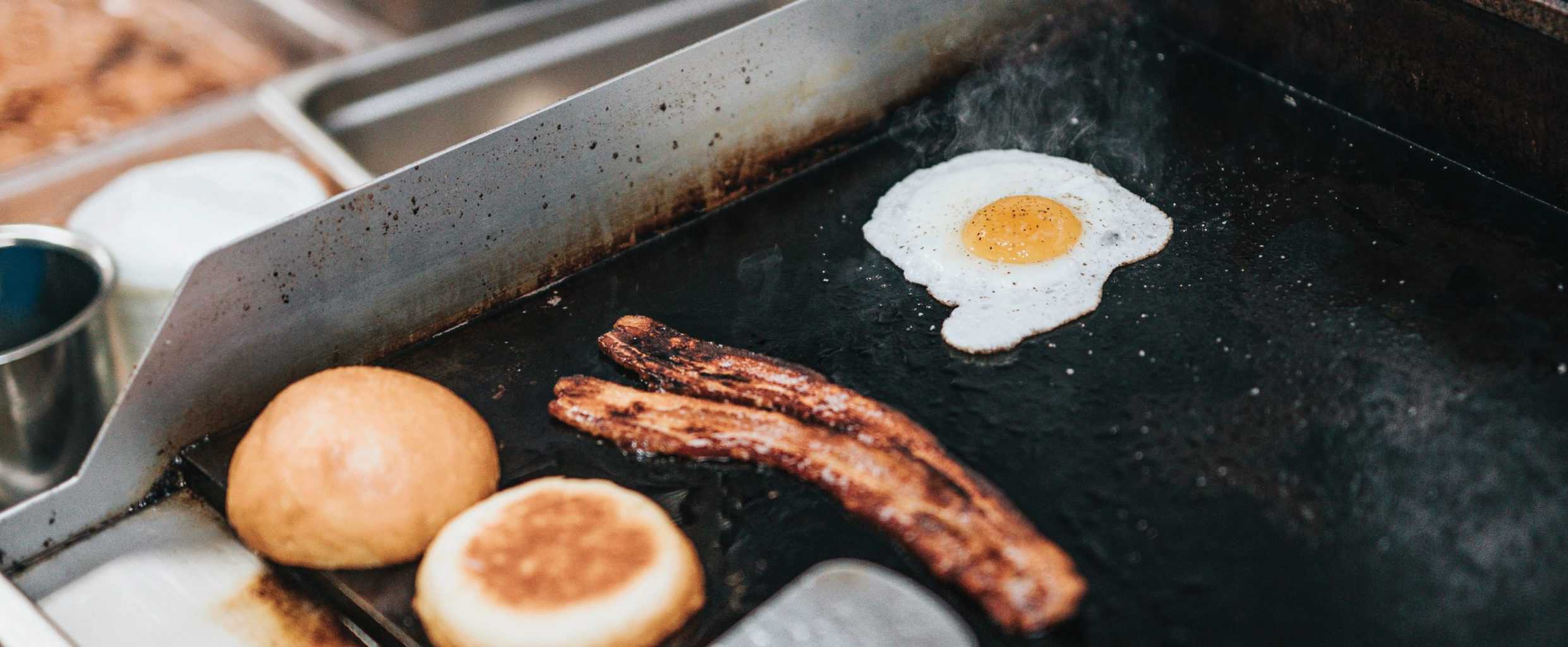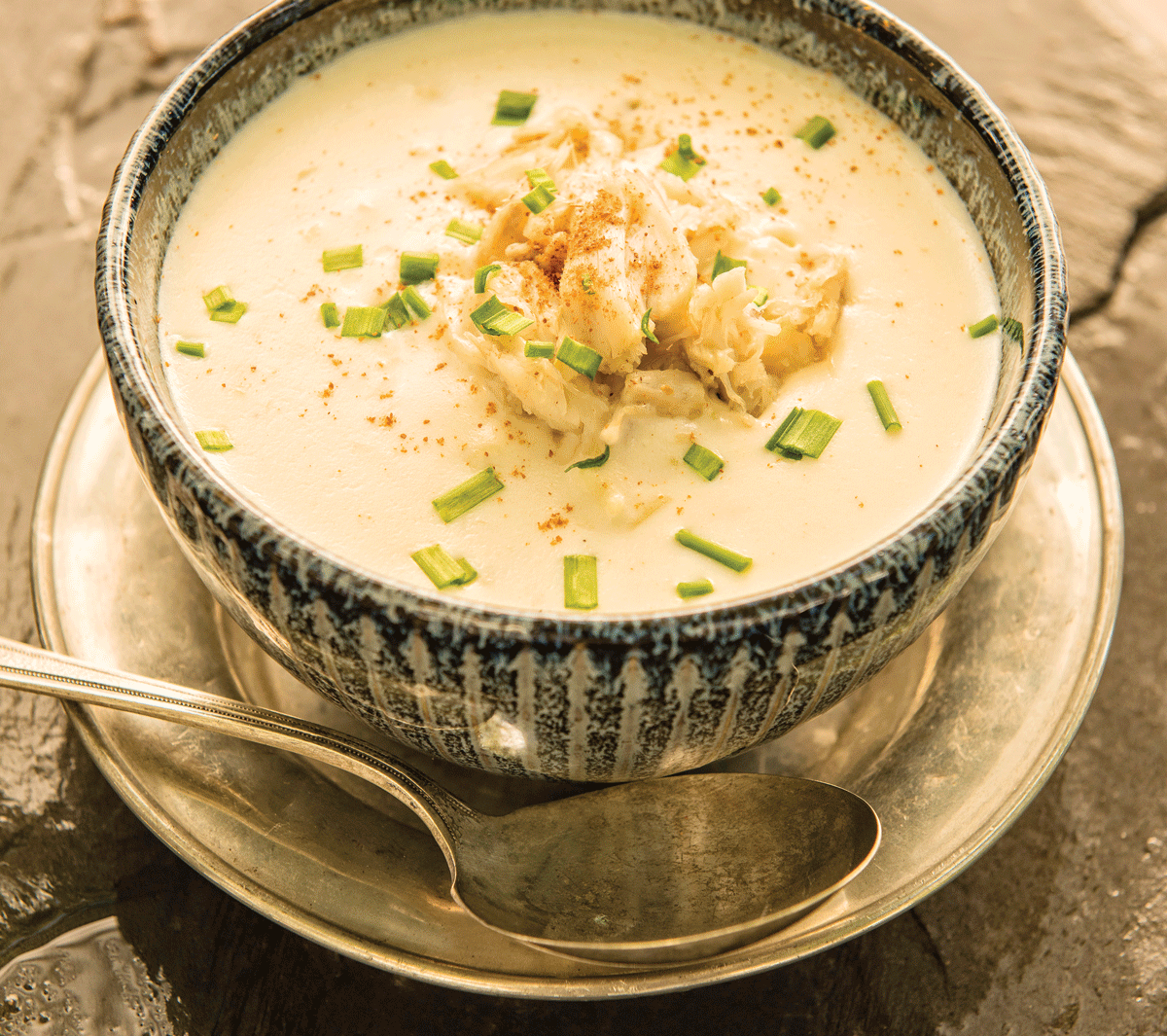“We got three. All black ducks,” my teenage son texted from a small skiff in the mouth of a nearby creek on Thanksgiving morning.
I was mildly relieved. The hunt successful, he would be home in time for midafternoon turkey and trimmings. Plus, our larder was now abundantly stocked with the signature ingredient of one of the most traditional, basic, and largely hidden wintertime dishes of the Eastern Shore of Virginia: black duck and dumplings.
In the days of market gunning, Eastern Shore hunters packed redheads and canvasbacks into ventilated barrels and shipped them to hotels in Baltimore, where they fetched premium prices. In the early 20th century, Eastern Shore redheads brought $2.50 a pair and prime canvasbacks fetched an astounding $5 to $7 a pair. Black ducks brought just $1.25 a pair and were more likely to be turned into the hunter’s dinner.
Black duck and dumplings is not a fancy dish. A pot of duck and dumplings was traditionally served by Eastern Shore watermen’s families at home in the wintertime when not much else was available. “Just a simple, simple recipe,” says Dawn Chesser, renowned cook at the Holden Creek Hunt Club in Accomack County, Virginia. “They used what they had,” she adds. “Dumplings were a big staple back in the day because they go a long way. You might not have enough meat, but you had plenty of dumplings and biscuits.”

Black ducks (Anas rubripes) are one of the largest of the ducks harvested by hunters on the Eastern Shore. Some weigh in at four pounds and are prized for their bulk as well as their flavor. Today, they are common but not abundant in the Chesapeake and seaside marshes as they migrate down the East Coast from their summer nesting haunts, which range from Newfoundland to New York. Happily, black ducks are listed as a “species of least concern” by the International Union for Conservation of Nature (IUCN), so we can feel good about preparing and eating this traditional dish in moderation.
Two days after the hunt, my friend Buck and I sat cleaning the ducks in front of the crackling woodstove in our century-old seaside clam house. Buck is a talented metal artist whose family came to the Eastern Shore in the first half of the 1600s. He has been eating black duck and dumplings his entire life and was more enthusiastic than I was about saving and cleaning the hard, silvery gizzards. A few cold beers and stories about past pots of black duck and dumplings made the task a little more palatable.
Then Buck, holding a plucked duck palm-down, plunged his enormous hand, tempered by years of welding, through the open door of the wood stove directly into the flames and moved the duck around. The smell of burning pin feathers filled the room. Baptized by fire, the ducks were ready.
Black duck and dumplings can be made indoors on a stove, but at least once a season we like to invite friends and prepare it outside over a hardwood fire. As a thin stew or a thick soup, three black ducks can serve a dozen people because the meat is as much a flavoring for the broth and dumplings as it is the centerpiece of the dish.
This year, family and friends gathered on an unusually warm Sunday on the shore of a beautiful bayside creek in Northampton County. Buck brought his big iron kettle and a tripod made of saplings. I brought the ducks, gizzards, and a bag of flour. Coolers of beer, local Chatham Vineyards rosé, and a quart canning jar of Lumière cocktails spiked with Green Hat Gin (see Chesapeake Cocktail) made the wait enjoyable for the adults as we prepared the meal.
The process is deeply rustic but yields absolutely delicious results. Into the pot went water, the ducks, onion, gizzards, salt, pepper, and baking soda (which is sometimes called “cooking salt” by old-timers who prize it for its tenderizing qualities). We brought it to a rolling boil over a cherrywood fire.
With the duck underway, attention turned to the dumplings. Dumplings are made in many cultures globally, ranging from Ethiopian tihlo and Mongolian buuz to the more familiar Polish pierogi, but there are two kinds of dumplings on Virginia’s Eastern Shore: puff and slick. Puff dumplings are made of risen biscuit dough and float on top of a stew. Black duck in an iron cauldron calls for slick dumplings, which resemble large noodles that sink into the broth.
Buck’s high-school-aged daughter learned how to make slick dumplings from her grandmother. She kneaded water, flour, and a bit of Old Bay into a very stiff dough and then rolled it out on a floured baking sheet at a nearby picnic table. When the dough was thin, she used a pizza cutter to slice it into rectangles about half the size of a playing card.

In about 90 minutes, the duck’s tender meat was falling away from its bones. We hastened the process by breaking up the carcasses with a large spoon and reduced the heat. The kids took turns dropping the dumplings into the simmering liquid one by one to ensure that they did not stick together. The excess flour on the dumplings is a critical ingredient that serves to thicken the broth. Ten minutes later we were ladling the brew into bowls and digging in, reserving the now-tender gizzards for the adventurous few who sought them out.
And it tasted absolutely great! The lightly-thickened, peppery brown broth and the chewy yet slippery dumplings that “stick your teeth together” were studded with flecks of the tender duck. A perfect accompaniment to the cool evening and the smell of wood smoke.
In her iconic book on American foodways, One Big Table, Molly O’Neill wrote that that black duck and dumplings have been eaten on the Eastern Shore of Virginia for 200 years. I like to think that the history goes back much further; that the Occohannock and Accomac Indians who lived peacefully on these shores long before Europeans arrived would have quickly recognized the familiar sight of family and friends enjoying each other’s company and black duck on banks of a quiet creek as the winter sun slowly fell beyond the Chesapeake.
Black Duck & Dumplings
After Harriet Jean Wallace Thornton, Buck’s mother
Serves about 16. Recipe can be scaled to accommodate the number of ducks you have on hand. Domestic duck could be substituted, resulting in a different flavored dish. Leftover black duck and dumplings can be kept in the refrigerator for several days and its taste improves with age.
Ingredients

- 3 large black ducks, plucked and cleaned
- 4 large onions, sliced
- 1 ½ Granny Smith apples
- 2 cups sliced carrot and/or turnip (optional)
- 4 gallons water for broth, plus 3 to 4 cups additional for the dumplings
- 3 tablespoons salt
- 1 ½ tablespoons pepper
- 1 teaspoon baking soda
- 3 ½ pounds all-purpose flour, about 12 cups
- 2 tablespoons Old Bay seasoning (or more if preferred)
- Place half an apple, sliced, and half a large onion, sliced, in the body cavity of each duck to help remove any gamey flavor. Refrigerate up to three days or freeze for later use.
- Into a large cauldron place the whole stuffed ducks, 4 gallons of water, the additional onions, pepper, salt, baking soda, and optional carrot or turnip. Cover and boil on medium heat until the meat is falling off the bones and the onion and apple have dissolved, 60 to 90 minutes. Break up carcasses using a large spoon. Check for salt and adjust as needed.
- Mix two-thirds of the flour and Old Bay in a mixing bowl. Add enough water to make a wet dough and then knead in additional flour until the dough is very stiff and no longer sticks to your hands. Divide the dough into several pieces. On a floured surface, roll out the dough to about one-eighth-inch thick. Cut into rectangles approximately 1 ½ inches by 3 inches. Lightly flour the dumplings to keep them from sticking to each other and so the flour will thicken the broth. Repeat until all dough is used. Yields several dozen dumplings.
- Gently slip the dumplings into the simmering duck broth one at a time so they do not stick together. Simmer gently for 10 minutes, then remove from heat. You do not want the dumplings to break up.
- Serve in shallow bowls, ensuring that each serving gets a share of dumplings and some pieces of duck meat.




